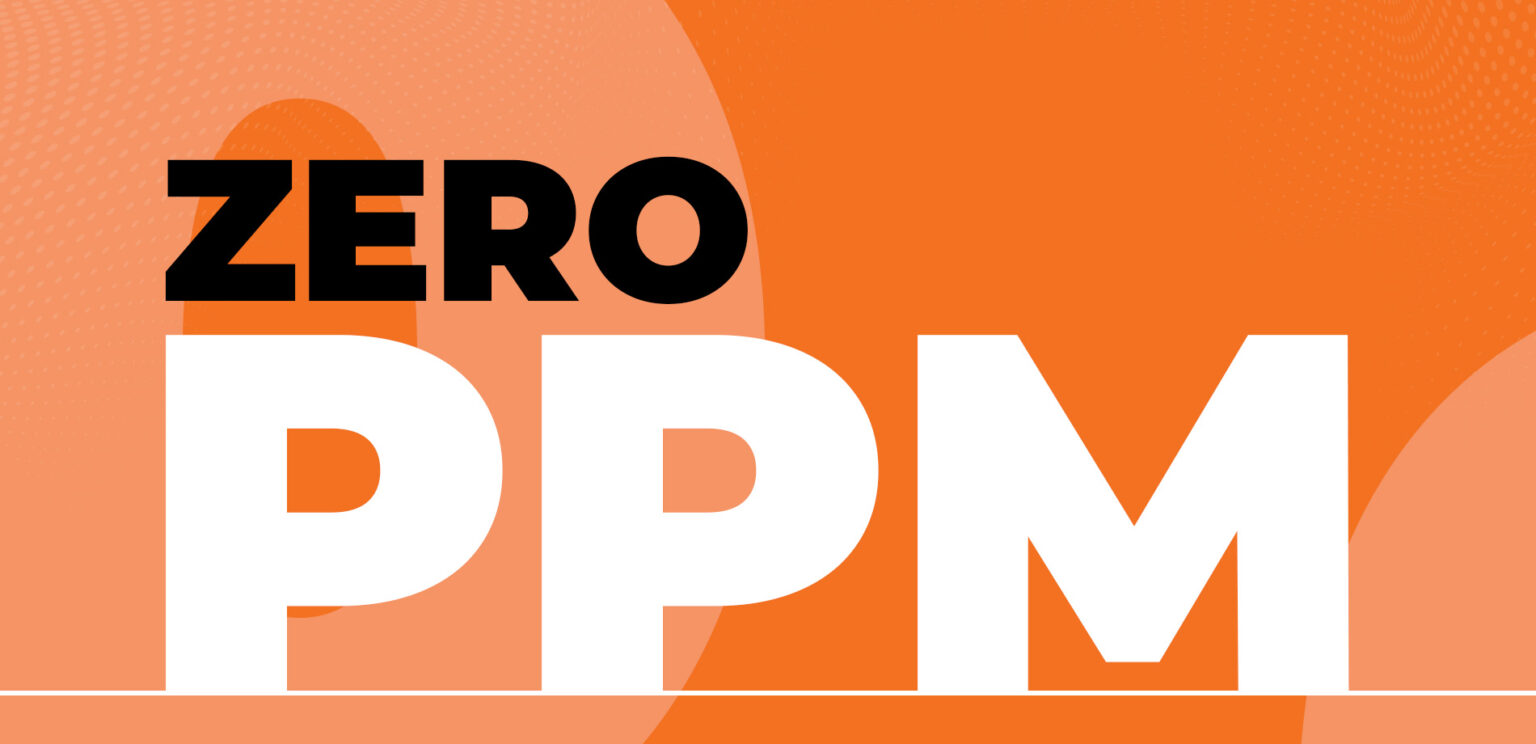Advanced Product Quality Planning (APQP) is all about ensuring that new products or processes meet customer expectations. APQP is a cross-functional process involving multiple departments and organizations, including engineering (Product and Process), new product development, sourcing, the planning and purchasing department, management (Stakeholders), and customers (Approvers).
There are five clear phases within this structured process, each with its own goals and deliverables which will be reviewed in the subsequent section. By going digital with APQP, we can simplify this complex and collaborative process, leading to better communication, improved efficiency, and higher compliance. However, this typically does not come with its own unique challenges. This piece explores these challenges and provides recommendations on how to ease the process of going digital with your APQP system.
APQP Phases
The five phases of APQP are explained below:
Planning: This is where an engineer and a client work together to establish the foundation for the project and identify the customer’s needs and expectations. Initial project timelines and milestones are also set.
Product Design & Development: Engineers continue to collaborate with clients to create detailed product designs. They also conduct risk assessments, such as Design FMEA, and begin preparing for prototype development and testing.
Process Design & Development: Ensuring that one’s product can be mass-produced effectively and efficiently is crucial. Hence, this process focuses on developing the manufacturing process and creating Process Flow Diagrams (PFD) and Process FMEA (PFMEA). This ensures the process can produce the product to specifications.
Product & Process Validation: This phase requires that the product meets the design requirements set in the product design and development phase. Confirmation that the suppliers’ process can mass produce the product consistently is also handled in this phase before performing initial process capability studies and Measurement System Analysis (MSA).
Mass Production: Once it is confirmed that a high-quality mass production of parts can be manufactured, the process transitions to full-scale production. When mass production begins, the next step is to monitor production to ensure quality and efficiency standards are met. Throughout this phase, improvements are implemented in the production process.
APQP can generate multiple documents through each of these phases. Please see the Appendix for a full list of each document that can be generated. Finally, feedback assessments and corrective actions are crucial. In fact, continuous feedback loops ensure that any issues are identified and addressed promptly, maintaining the integrity and quality of the product.
What’s missing in your APQP and why digitalize
Most engineering, quality, and sales leaders or owners of factories cannot usually answer simple questions like:
How many APQP projects is your team working on?
How many APQP projects are late or early or On-Time?
Are all stakeholders, including process engineers, product engineers, sales, quality, production, and supply chain managers, involved and informed about the project status?
Are all tasks completed as planned in each phase (gate) of APQP?
After conducting hundreds of interviews with numerous customers and receiving feedback from many current users who are tracking over 3,000 APQP projects in our system, we believe that answering these questions accurately requires the use of a digital system.
This is because, through these systems, you and your team can share relevant information, track tasks, assign tasks, highlight the status, and allow strong collaboration and accountability for cross-functional team members. In addition, certain challenges may appear when attempting to digitalize the APQP process.

Challenges in Implementation
Implementing APQP is challenging due to its collaborative nature and the multitude of stakeholders and documentation involved. Traditional methods of managing team communication involve one or more of the following systems: SharePoint or Dropbox for file management, ERP systems for master part details, emails for stakeholder approvals, and communication platforms like WhatsApp, Teams, or Slack for updates.
These fragmented systems can lead to delays, miscommunication, and a lack of visibility into the project’s status. Additionally, training team members and managing change is a significant challenge. Ensuring everyone understands the importance of APQP and knows how to comply with the new processes is critical to ensuring a smooth project for both the organization and the customer.
How to Ease into Implementation
To simplify APQP implementation, MESH Works recommends using a unified collaboration system and employing templates for project management.
Unified Collaboration System: Use a single system for all stakeholders to upload documents, assign tasks, update projects, and approve changes. This centralizes communication and improves visibility.
Templates for Project Management: Utilize pre-built templates for APQP projects and individual tasks. Templates ensure compliance with APQP processes and facilitate training by providing clear, step-by-step instructions.
How MESH Simplifies Implementation
MESH offers several features that streamline the APQP implementation process. Here are just a few of the many features found on the MESH Works database:
Pre-built Templates for APQP Project Management: MESH provides default templates that include all necessary data and information for approvals at different stages, ensuring that each gate closure is smooth and compliant.
Standardized Task and Milestone Templates: With templates for project tasks and milestones, MESH standardizes the process structure, which auto-populates a project Gantt chart, ensuring timely project delivery and APQP compliance.
Centralized Collaboration: All stakeholders can collaborate on a project in one place. The system is dynamically updated and accessible via the web or MESH mobile app, providing real-time visibility and updates.
Approval Management: External organizations and management can approve tasks, milestones, and documents within the system. This transparency allows all stakeholders to track progress and approvals easily.
By leveraging MESH’s capabilities, organizations can overcome the challenges of APQP implementation and ensure a streamlined, efficient, and compliant process.
Book a demo to get expert support for your APQP project.
Appendix
Documentation Outputs that the APQP Process can generate:
Part Submission Warrant
Design Records
Engineering Change Document
Customer Engineering Approvals
Design FMEA (DFMEA)
Process Flow
Process FMEA (PFMEA)
Dimensional Results
Performance & Material test results
Initial Process Capability Study
Measurement Systems Analysis (MSA)
Qualified Lab Documentation
Control Plan
Sample Product
Master Sample
Checking Aids
Records of Compliance with customer-specific requirements
Appearance Approval Report





